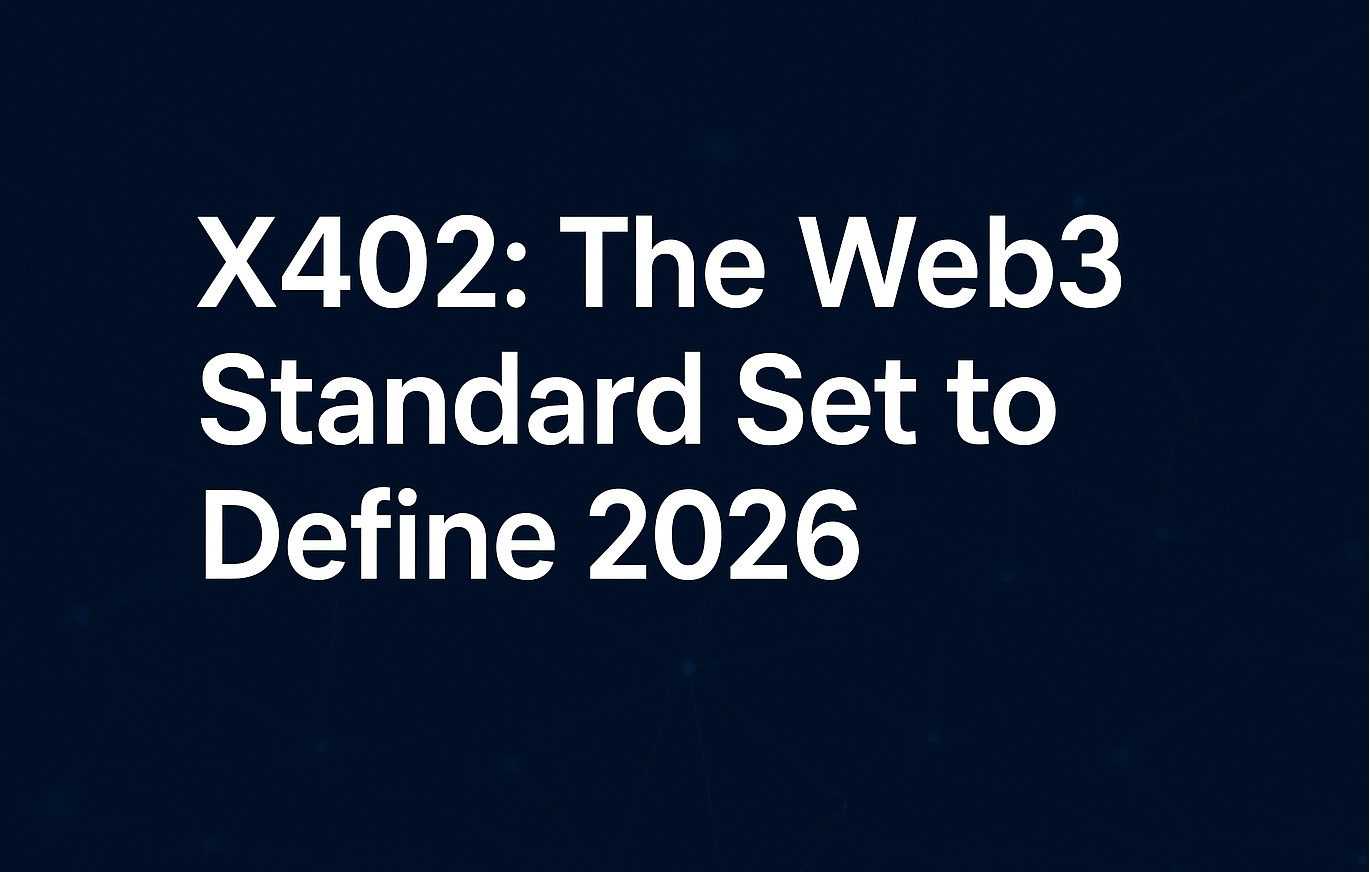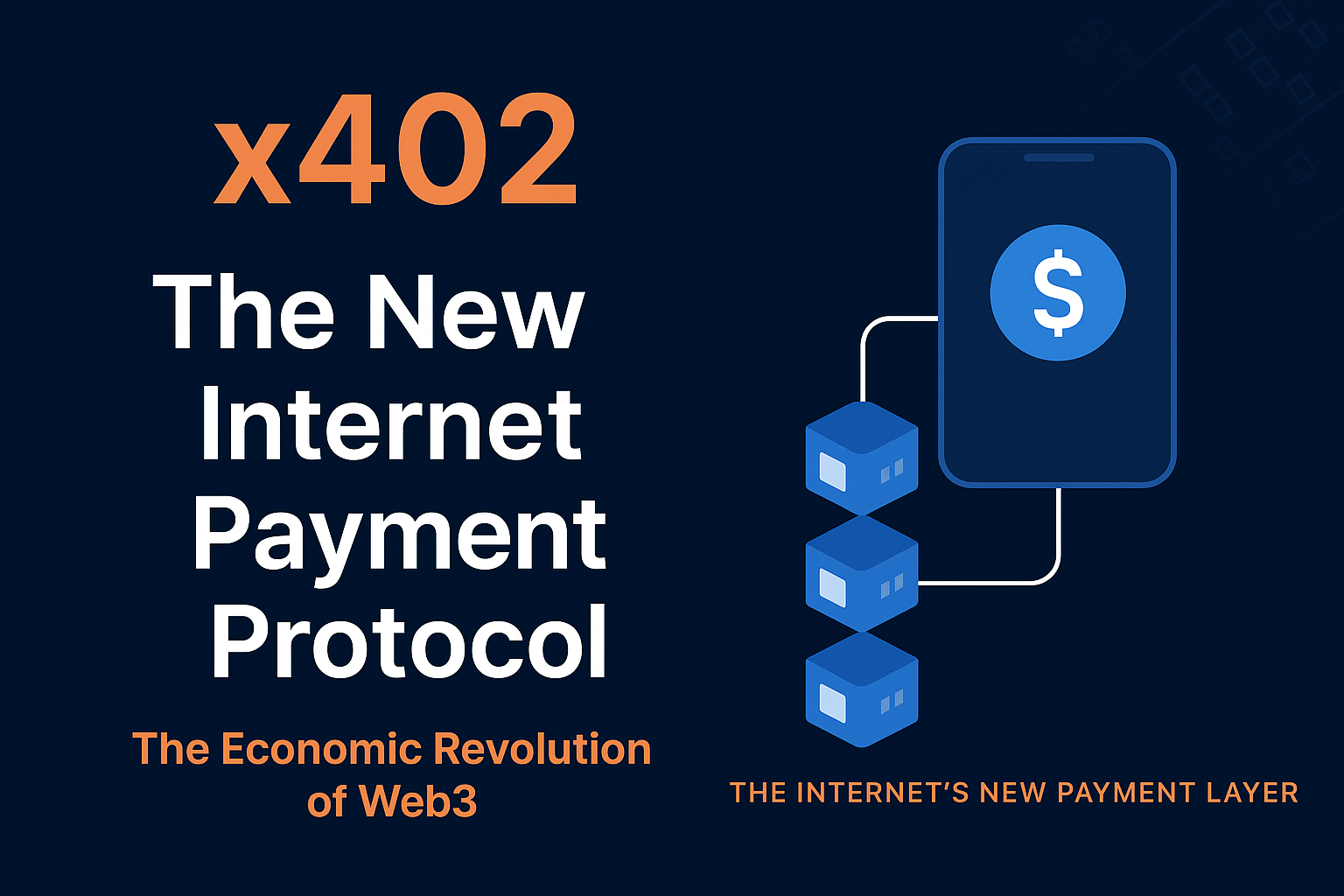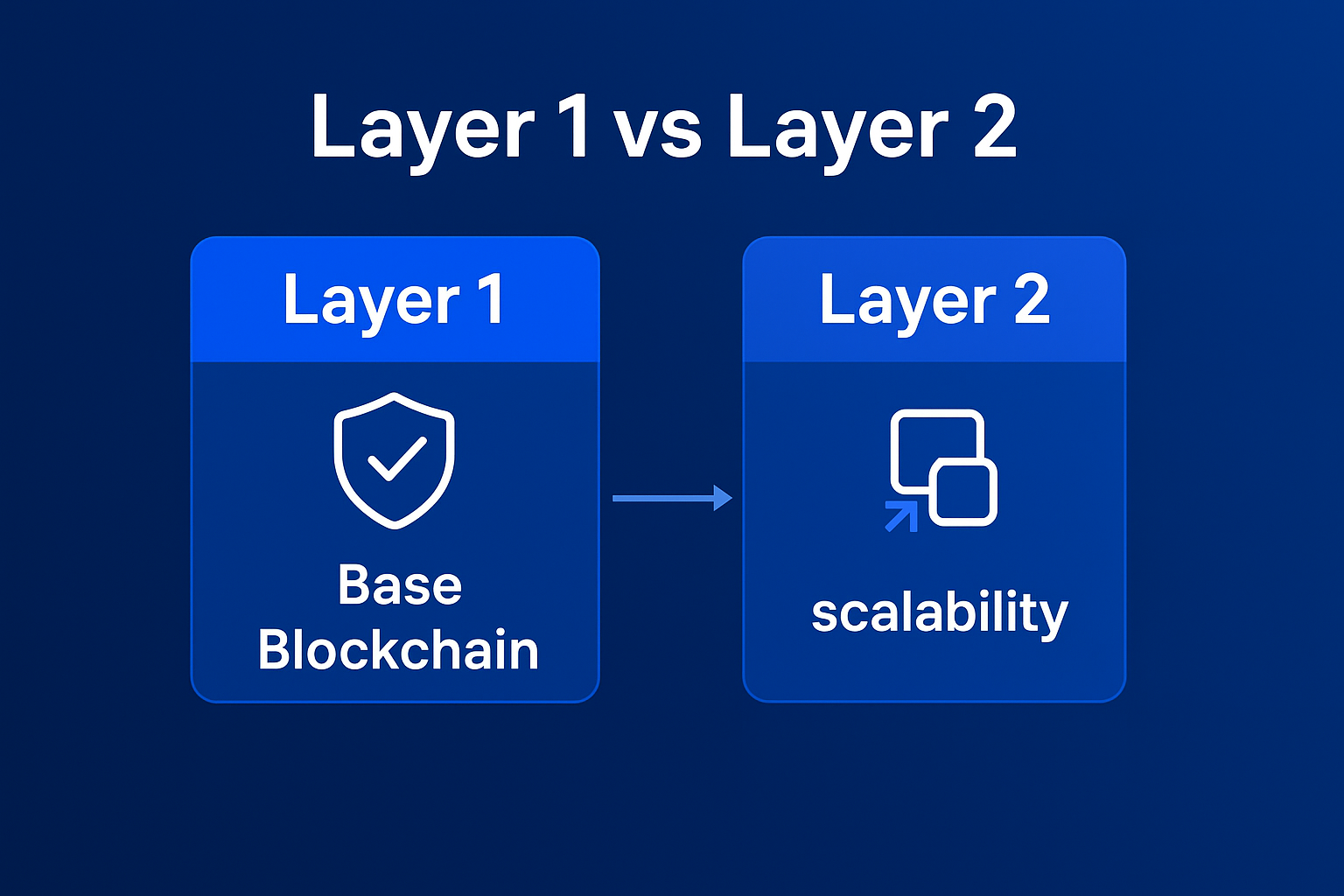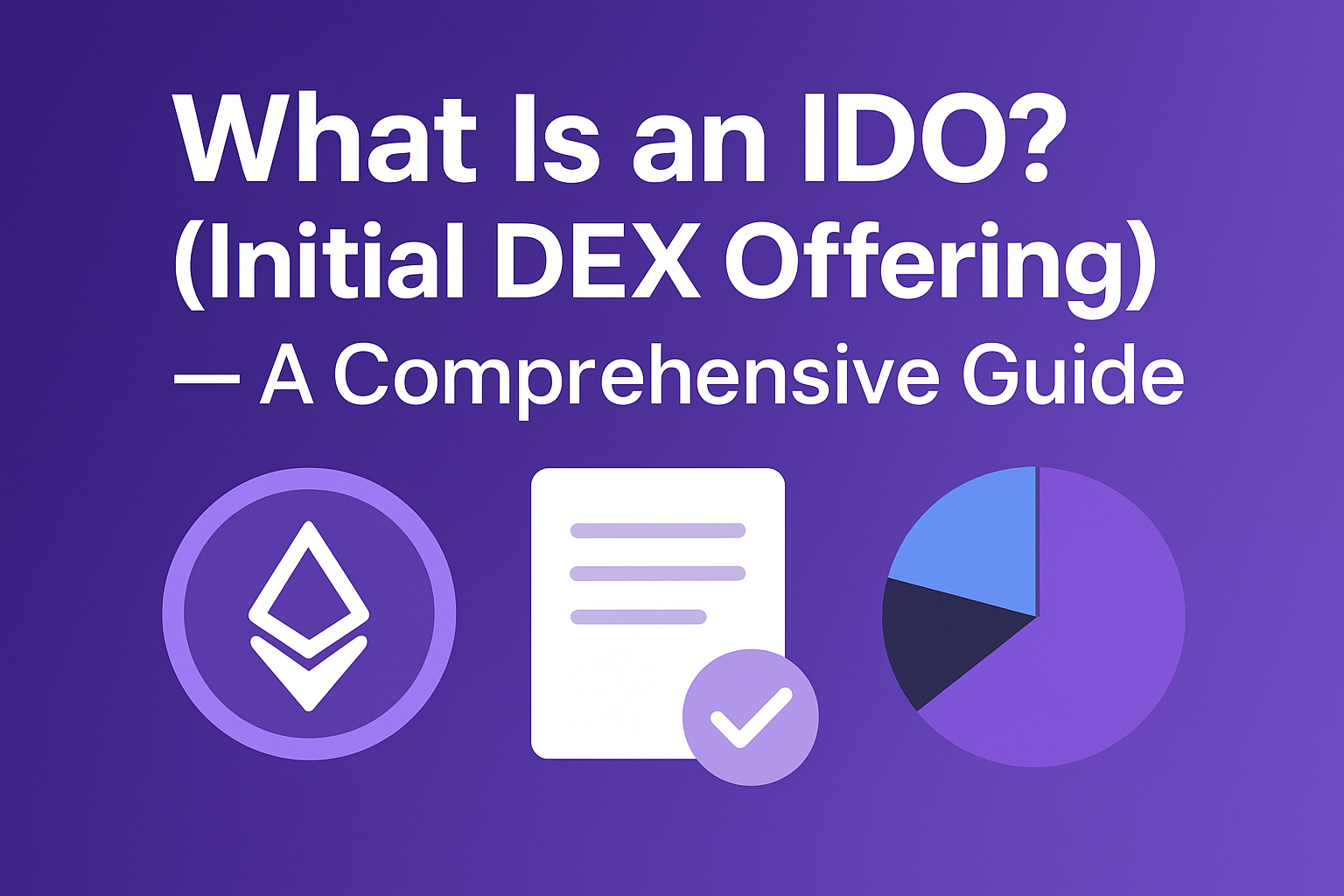What Are Blockchain Layers?
(Understanding Layer 0, Layer 1, Layer 2, and Layer 3 in Depth)
🔷 Introduction: Why Do We Need a Layered Blockchain Architecture?
Blockchain was originally designed for one purpose — to enable secure, decentralized transactions without intermediaries.
However, as millions of users and hundreds of decentralized applications began interacting with blockchain networks, several issues surfaced:
- Slow transaction speeds
- High gas fees
- Limited scalability
To solve these challenges, developers began separating different blockchain functions into distinct layers.
The idea: each layer specializes in its own task — improving efficiency, scalability, and modularity.
As a result, modern blockchain architecture now consists of four main layers: Layer 0, Layer 1, Layer 2, and Layer 3.
🧠 The Foundation of Layered Blockchain Design
The structure of blockchain is conceptually similar to the Internet protocol stack (TCP/IP) — where each layer handles a specific responsibility.
Here’s how the blockchain layers are organized:
| Layer | Core Function | Examples |
|---|---|---|
| Layer 0 | Network infrastructure, communication, data availability | Cosmos, Polkadot, Celestia |
| Layer 1 | Core blockchain, consensus, security, transaction validation | Bitcoin, Ethereum, Solana |
| Layer 2 | Scalability, speed, low-cost transactions | Arbitrum, Optimism, Base |
| Layer 3 | Application layer, user-facing protocols | DeFi, GameFi, NFTs, dApps |
⚙️ Layer 0 – The Backbone of Blockchain
Layer 0 is the infrastructure layer that enables multiple blockchains to communicate and operate together.
It defines the underlying network, node structure, and data-sharing protocols.
Responsibilities:
- Enable interoperability between different blockchains
- Manage data availability and consensus communication
- Provide the base for other chains to build on
Examples:
- Cosmos: Uses the Tendermint protocol to connect independent blockchains.
- Polkadot: Employs parachains for multi-chain interoperability.
- Celestia: Introduced the modular blockchain concept by separating consensus and data availability.
In short:
Layer 0 is the communication and infrastructure backbone of the blockchain ecosystem.
🔒 Layer 1 – The Base Blockchain
Layer 1 is the main blockchain — it handles transactions, security, and consensus directly on-chain.
It’s where all transactions are validated and stored immutably.
Responsibilities:
- Process and record transactions
- Maintain network consensus (PoW, PoS, etc.)
- Ensure security and decentralization
Examples:
- Bitcoin: The first and most secure Layer 1 using Proof of Work.
- Ethereum: The largest smart contract platform.
- Solana: A high-speed blockchain using Proof of History.
Advantages:
- Maximum security
- Full decentralization
Disadvantages:
- Slower transactions
- Higher gas fees
In short:
Layer 1 is the security and validation layer of blockchain.
⚡ Layer 2 – The Scalability Layer
Layer 2 solutions are built on top of Layer 1 to improve scalability and efficiency.
They process transactions off-chain or in compressed batches, then post summaries back to Layer 1.
Responsibilities:
- Offload transaction volume from Layer 1
- Bundle transactions efficiently (rollups)
- Support high throughput with lower fees
Main Technologies:
| Type | Description | Examples |
|---|---|---|
| Optimistic Rollup | Assumes transactions are valid by default; fraud proofs verify disputes | Arbitrum, Optimism |
| ZK-Rollup | Uses zero-knowledge proofs for cryptographic verification | zkSync, StarkNet |
| Validium / Plasma | Keeps data off-chain for better speed and cost efficiency | Polygon, Immutable X |
In short:
Layer 2 is the performance and scalability engine of blockchain.
🧱 Layer 3 – The Application Layer
Layer 3 is where users and developers interact with blockchain networks directly.
It hosts decentralized applications (dApps), protocols, and user interfaces.
Responsibilities:
- Run smart contracts and decentralized applications
- Connect blockchain logic to user interfaces (UI/UX)
- Provide SDKs, APIs, and developer tools
Examples:
- Uniswap: A DeFi protocol for decentralized trading
- Aave: A lending and borrowing platform
- Decentraland: A virtual world powered by blockchain
In short:
Layer 3 is the user-facing layer — where blockchain meets real-world applications.
🌐 How the Layers Interact (Simplified Flow)
User (Layer 3)
↓
Application / Protocol (Layer 2)
↓
Main Blockchain (Layer 1)
↓
Infrastructure & Communication (Layer 0)
This structure ensures that blockchain systems are:
- Secure (Layer 1)
- Scalable (Layer 2)
- Interoperable (Layer 0)
- Accessible (Layer 3)
🔮 The Future: Modular Blockchain Architecture
The future of blockchain is modular — meaning each layer focuses on a single specialized role.
For example:
- Celestia (Layer 0) handles data availability
- Ethereum (Layer 1) provides security
- Arbitrum (Layer 2) enables scalability
- Uniswap (Layer 3) offers the user-facing application
This modular design makes networks faster, cheaper, and more flexible — unlocking new use cases far beyond traditional finance.
📘 Conclusion: Layered Architecture Is Blockchain’s Evolution
The layered model represents the next stage in blockchain’s evolution.
By dividing responsibilities across multiple layers, blockchain networks can now support finance, gaming, AI, social networks, and enterprise systems efficiently.
Each layer is not just a component — it’s a specialized function working in harmony.
Together, they form the foundation of the next-generation internet: Web3.







